In electromagnetics and antenna theory, image theory is an important tool for the analysis of many problems. It turns out that, whenever you have a structure over an perfect conductive plane with infinite size, it's often mathematically equivalent to having the structure itself and its mirror image. The classic result of image theory is the analysis of a monopole antenna - a monopole antenna over a conductive plane is equivalent to a dipole antenna in free space. The first half is the antenna body, the second half is the image antenna.

For monopole antennas and other antennas designed with a conductive plane in mind, the conductive plane under the antenna is as important as the antenna body above it. If the antenna installation does not include a conductive plane, the antenna no longer functions as designed, since the assumptions of its analysis no longer holds. Worse, the antenna may start interacting with the circuit or surrounding metal objects in an unpredictable manner, creating strange radiation pattern or electromagnetic interference.
This conductive reference plane is known as the "ground plane" or the "counterpoise". Historically, the first monopole antennas for longwave radio transmitters used the Earth ground itself for this purpose, thus the conductive plane became known as the ground plane. When an antenna is traditionally used with Earth ground, but the Earth ground is unsuitable (e.g. poor soil conductivity) or unavailable (e.g. above ground installations) for this purpose, metal rods or meshes can be placed at the bottom to achieve the same effect. In this case, the conductive object that serves as the substitute of the Earth ground is known as the counterpoise.
Using the actual Earth ground is not required or may not even be desirable - as long as the radio transmitter is connected across the antenna body and the reference plane (electrically large compared to the wavelength of the radio signal), many kinds of conductors can be used - such as a copper plane on the bottom side of a circuit board, the metal body of a car or an aircraft.
Sometimes the use of an actual Earth ground may not even desirable. At VHF and microwave frequencies, the impedance of the Earth soil is large but the wavelength is short, it's common to use metal rods and metal mesh under the antenna body as its "counterpoise" - although an actual Earth ground connection may still be present, but mainly as lightning protection.

